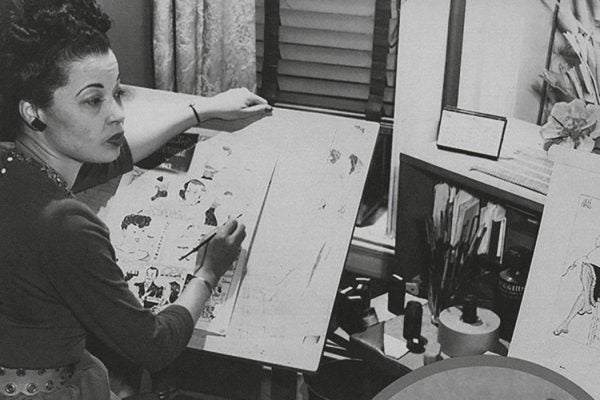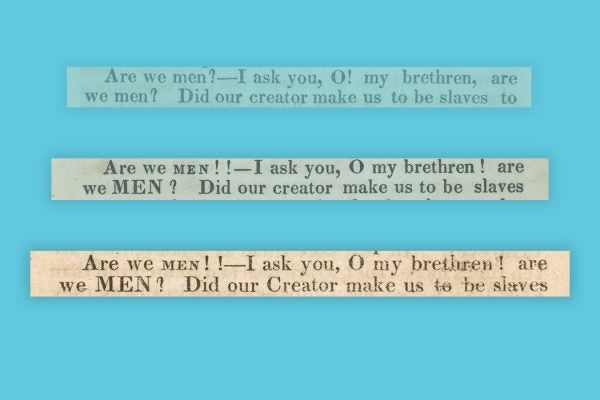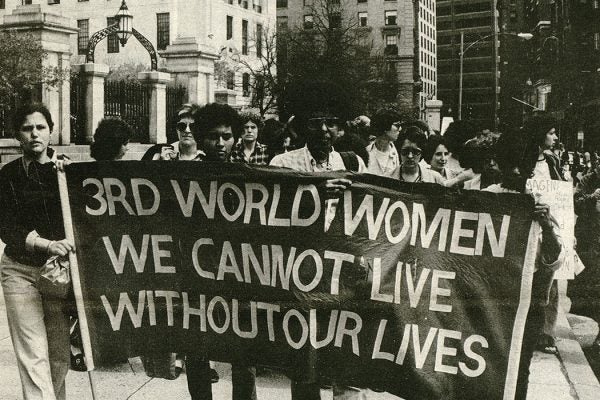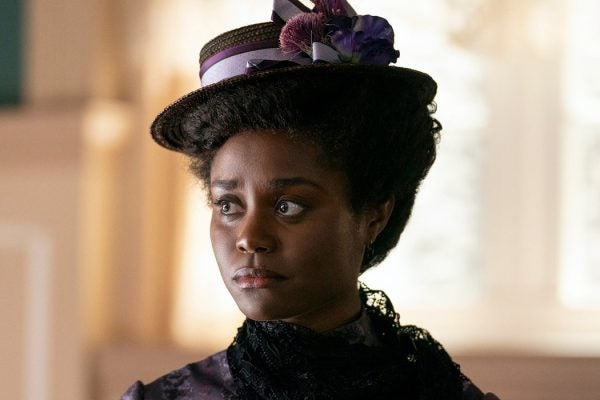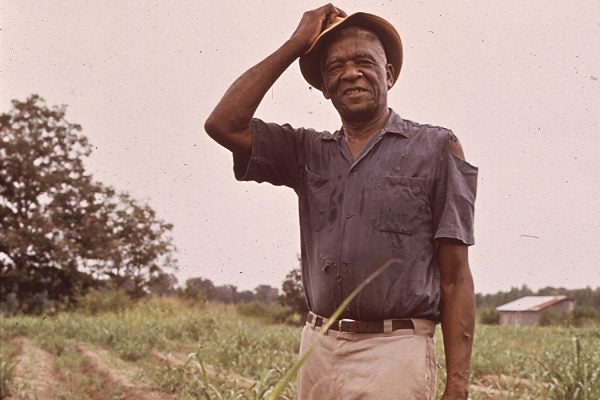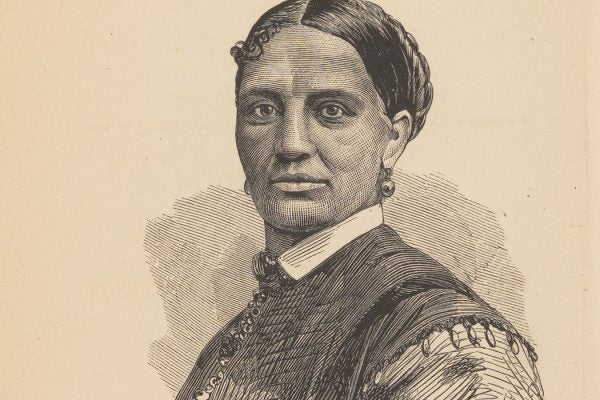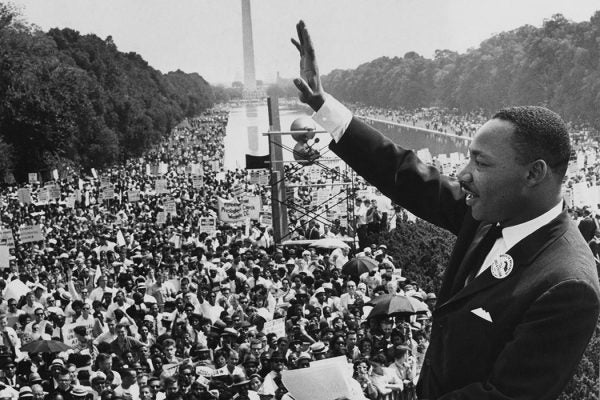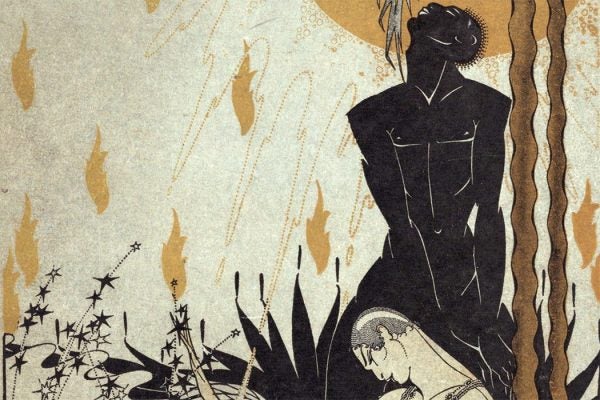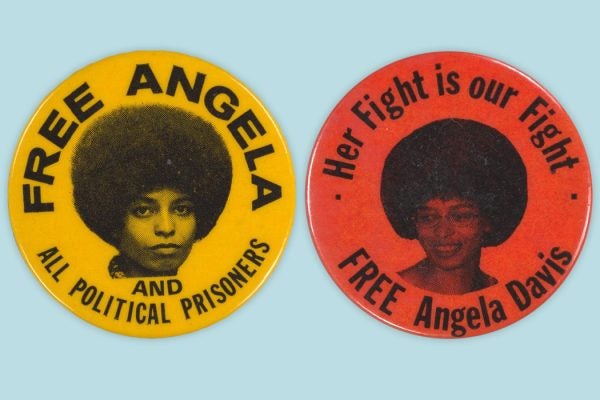The Groundbreaking Work of Jackie Ormes
The first Black woman to have a regularly published comic strip, Ormes gave form to the political and social concerns of Black Americans.
Comparing Editions of David Walker’s Abolitionist Appeal
Digitization allows researchers to trace editorial and authorial changes in archival content. Both are central to the study of this famous abolitionist pamphlet.
The Combahee River Collective Statement: Annotated
The Black feminist collective's 1977 statement has been a bedrock document for academics, organizers and theorists for 45 years.
Julia C. Collins & the Black Elite of the Gilded Age
HBO's The Gilded Age has done its homework on Black History, creating a character based upon real life wealthy Black women of the time.
The USDA Versus Black Farmers
Current attempts to correct historical discrimination by local and regional offices of the USDA have been met with charges of "reverse discrimination."
Elizabeth Keckley’s Memoir Behind the Scenes, or, Thirty Years a Slave and Four in the White House
Keckley’s decision to write about her employers from the viewpoint of a household laborer—she was seamstress to Mary Todd Lincoln—enraged audiences.
Sammy Davis Jr.’s Conversion Mishegoss
Sammy Davis Jr.'s conversion to Judaism in 1960 was met with skepticism, derision, and, yes, jokes by the members of the groups he claimed and embraced.
“I Have a Dream”: Annotated
Martin Luther King, Jr.'s iconic speech, annotated with relevant scholarship on the literary, political, and religious roots of his words.
The Short but Influential Run of Ebony and Topaz
The 1927 art and literature magazine only ran for a single issue, but “proved an integral component of Harlem Renaissance cultural production."
50 Years On: How Angela Davis’ Focus Changed in Jail
In a 2012 interview published in Social Justice, Angela Davis spoke about her detention in jail and how it informed her work on abolition and feminism.
